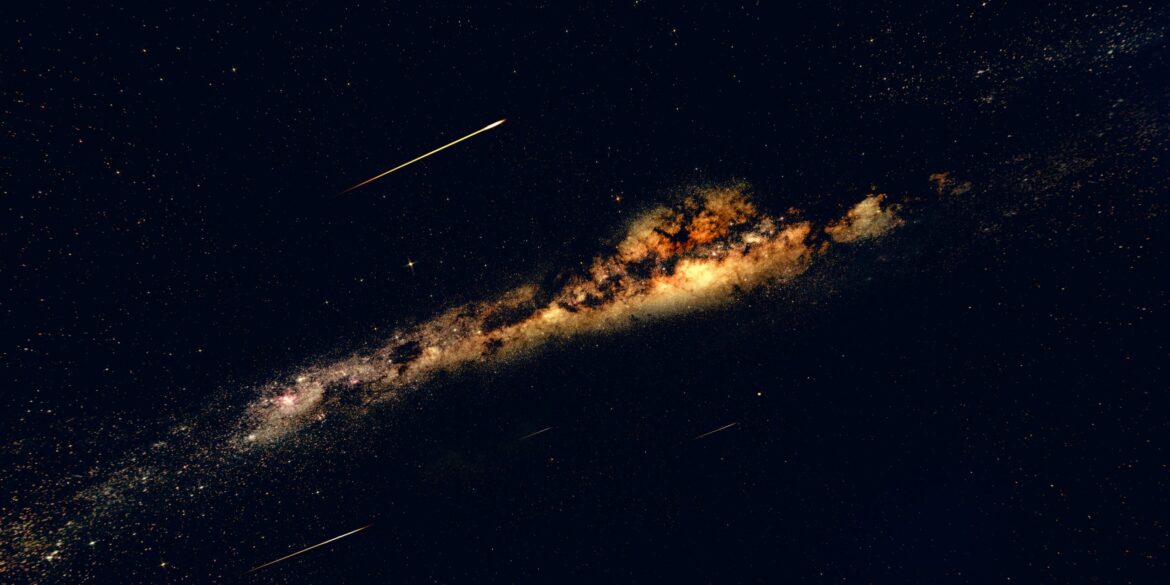On November 23, 2025, the National Radio Astronomy Observatory (NRAO) released the written version of its highly anticipated annual scientific lecture titled “Discovering the Radio Universe.” This lecture marks a significant milestone in the field of radio astronomy, providing both a retrospective look at the advancements made over the past century and an exciting glimpse into the future of radio-based space exploration. The lecture serves as a comprehensive summary of key breakthroughs and emerging opportunities in this rapidly evolving field.
The lecture, which was originally delivered earlier in the year, reflects on a century of serendipitous discoveries that have shaped the field of radio astronomy. One of the most remarkable aspects of radio astronomy is how many of its major discoveries were made by accident, as scientists used radio technology to detect cosmic phenomena that were previously invisible to traditional optical telescopes. The discovery of cosmic radio waves, for example, unlocked an entirely new way of observing the universe. Over time, these unexpected findings have expanded our understanding of the cosmos, providing new insights into the structure of galaxies, the behavior of black holes, and the nature of cosmic radiation.
In addition to celebrating these past achievements, the lecture outlines the exciting opportunities that lie ahead for radio astronomy. One of the major topics discussed is the potential of low-frequency radio arrays, which are expected to revolutionize our ability to detect and study faint radio emissions from deep space. These arrays, which involve multiple radio antennas working together to create a much larger observational footprint, will enable scientists to capture incredibly detailed data from some of the most distant and ancient objects in the universe. This technology is poised to make it possible to explore cosmic phenomena that were previously undetectable, opening new doors to discovery.
Read Also: https://empirestatereview.com/supermoon-and-draconid-meteor-shower-delight-skywatchers/
Another key area of focus in the lecture is deep-space radio interferometry, a technique that combines signals from multiple radio telescopes located far apart to create a high-resolution image of distant objects. This method will significantly enhance the resolution of radio telescopes, allowing astronomers to study celestial objects with unprecedented clarity. It also holds the potential to make groundbreaking discoveries in the study of cosmic magnetism—a complex and still poorly understood force that plays a crucial role in the behavior of galaxies, stars, and black holes.
Perhaps the most exciting developments discussed in the lecture are the upcoming initiatives focused on mapping faint radio emissions from the early universe. These emissions, which originated shortly after the Big Bang, carry vital information about the formation and evolution of the cosmos. By studying these radio signals, scientists hope to answer some of the most fundamental questions about the universe’s origins, including the conditions that led to the creation of the first stars, galaxies, and magnetic fields. Understanding the early universe through radio emissions could provide critical insights into the processes that shaped everything we see in the cosmos today.
As the lecture emphasizes, radio astronomy is at a crucial crossroads, where new technologies and research initiatives are set to push the boundaries of what we know about the universe. The upcoming projects, which involve collaborations between leading research institutions and the latest advancements in radio technology, promise to unlock new dimensions of discovery. These initiatives will not only deepen our understanding of the universe but also help us refine our models of how cosmic structures form and evolve over time.
The lecture series itself has become an essential part of the scientific community’s efforts to engage both the public and the academic world in the exciting developments of radio astronomy. By sharing these insights, the NRAO fosters collaboration among researchers, inspires students, and informs the broader public about the importance of this field. It also highlights the role that radio telescopes will play in future discoveries, as we continue to search for answers to some of the most profound questions about our universe.
In conclusion, “Discovering the Radio Universe” offers a powerful reminder of how far radio astronomy has come and the vast potential it holds for future exploration. As new technologies and research projects unfold, the field is poised to make even greater strides in unraveling the mysteries of the cosmos. This lecture not only celebrates the achievements of the past but also serves as a beacon for the future of space exploration, where radio astronomy will undoubtedly continue to play a central role in our quest to understand the universe.

